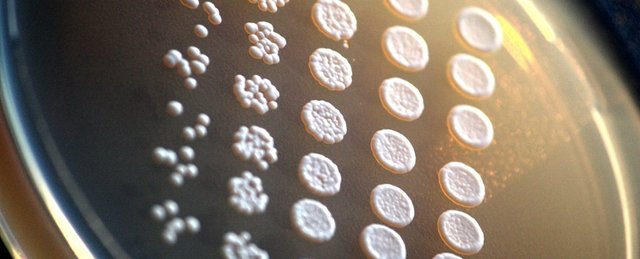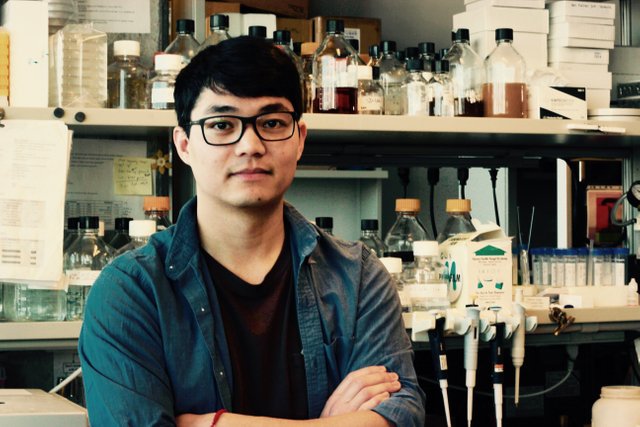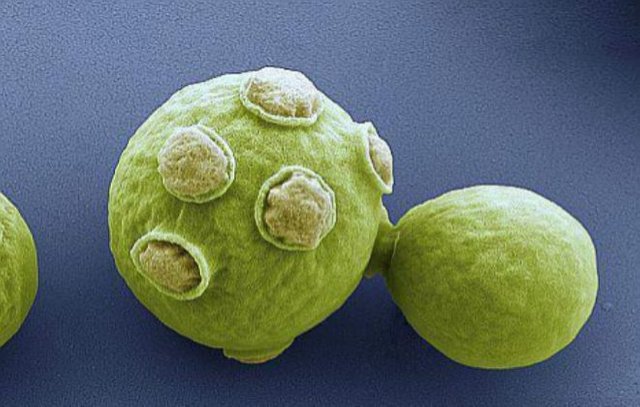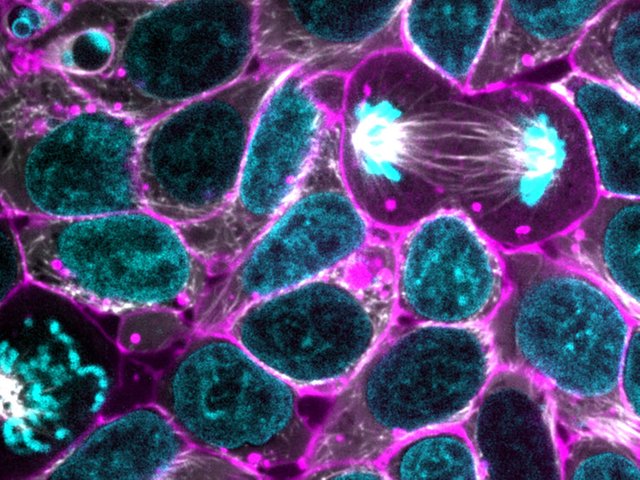Finally we know how many molecules are in a cell

How many stars are there in the Universe? How many celestial bodies are in the Solar System? How many living beings are there on planet Earth? How many cells make up a human body? How many molecules are in a single cell? Perhaps the great magnitudes still escape to Science. But going to the smallest, the answer is already official: there are 42 million molecules of proteins in a single cell.
For decades, many studies have tried to find out this magic number, but none had achieved so far. Some of the most successful had come to find out the exact number of some of the 6,000 different types of proteins that a eukaryotic cell makes, that is, of the same type as those that make up the human body.
Now, a team of researchers from the University of Toronto (Canada) has managed to concentrate all that information disseminated in more than 20 different scientific studies and design a method to calculate for the first time the exact number of proteins in a cell. In this case, the model used by scientists is a yeast of the genus 'Saccharomyces', a unicellular organism - composed of a single cell - that is used in the production of bread, beer or wine.
"It was difficult to reach the exact number of proteins per cell because the data were totally in different scales in each study you looked at," says Brandon Ho, a researcher at the university and the first signatory of the research.

In the same way that the cells make up our body, the proteins constitute the cells and, in addition, they are responsible for transforming the information contained in the DNA into life and practically all the cellular functions are carried out by them.
"Since the cell is the functional unit of life, it is only natural curiosity to want to know what's in there and how much of each thing is in there," explains Grant Brown, a professor of biochemistry at the University of Toronto and leader of the research recently published in the magazine 'Cell Systems'.

How they influence the development of diseases
However, beyond the "natural curiosity", there are important scientific reasons why it is important to know this magical figure. Many diseases are caused by having too few or too many proteins of a certain type.
"The main objective of our laboratory is in the study of the biology of cancer cells, so we are very interested in how and why the number of proteins changes when a cell becomes cancerous or when a cell of a cancer is treated with an antitumor drug, "explains Brown.
The Researchers use this type of techniques to detect vulnerabilities of cancer cells that can be used later to find them more quickly during the development of the disease and to be able to decide with more agility which ones can be more aggressive and which ones will respond better to a treatment.
The problem is that, at the moment, we only have the precious number of proteins in the cell of a very small organism. There is still a long way to go before this information can be useful in human studies. "Human cells are, of course, much more complex than those of a yeast, and, in addition, there are many different types of cells, a muscle cell will have a protein complex very different from that of a brain cell, for example," explains the principal investigator. In addition, there is not yet a database that contains information on the number of proteins in each human cell, since each type contains only a part of the proteins present in the nearly 20,000 genes that we have.

But researchers are already beginning to see where the future will lead us. "An extension of our work could be to compare a normal human cell with a tumor cell or see the differences of a mother cell with a mature and differentiated in some organ to know what changes in both cases," reveals Brown. These types of studies are usually done, according to the researchers. "What we offer with this work is a way to combine all the available data to improve these techniques," explains Brown.
The new work also shows how the proteins present in a certain cell change when they are exposed to different types of stress, such as DNA damage, lack of food or illness. And that may be the main application for the future: compare the number of proteins present in a healthy cell and a sick one.